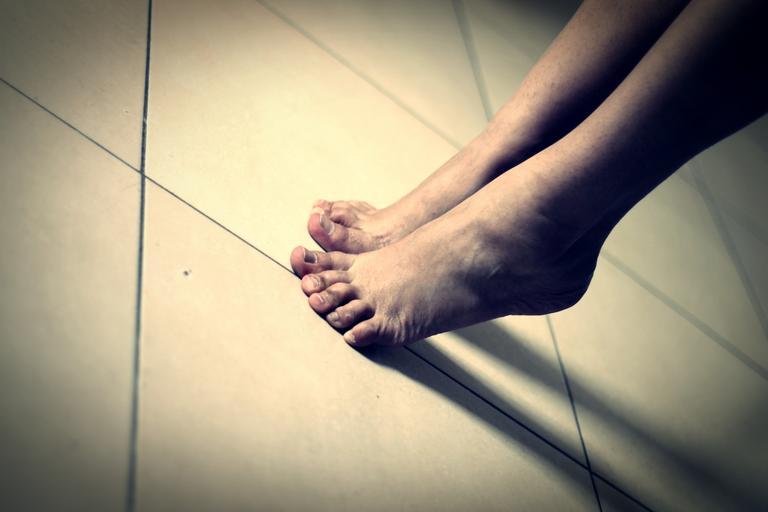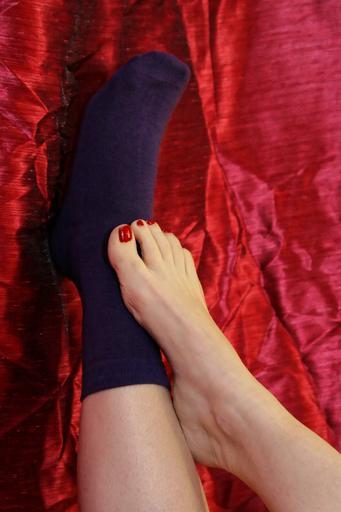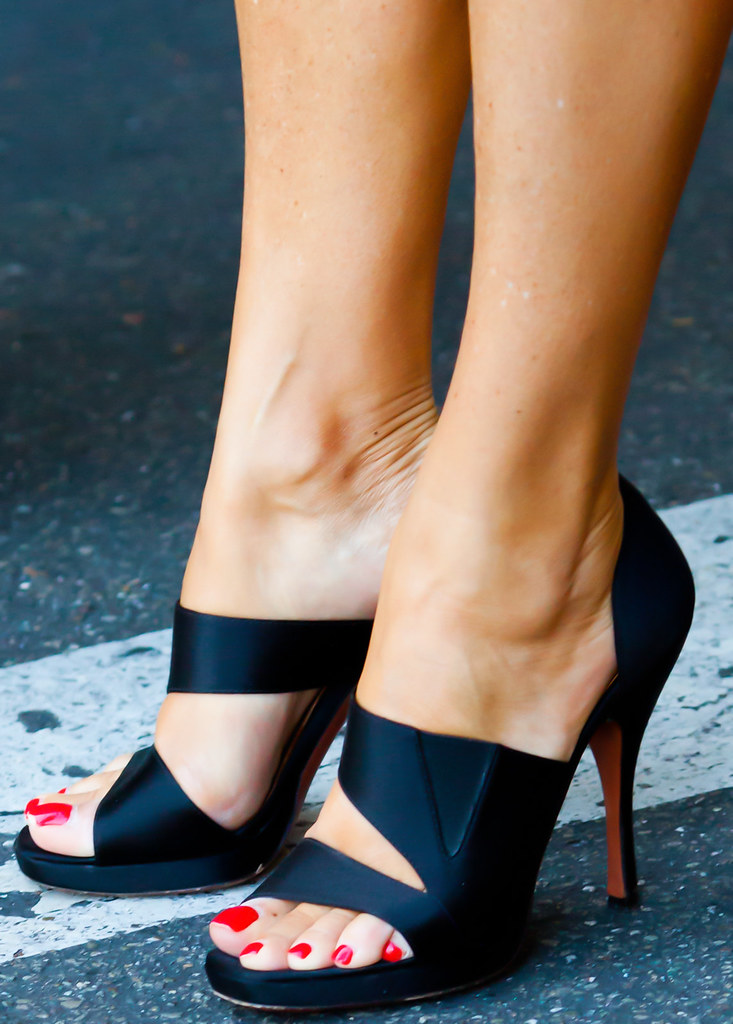The term “claw toe” refers to the toes’ common deformity, most often in women. It is caused by conflicts between the deformed toe and the shoe or the ground.
Causes
Mechanical
As with hallux valgus, mechanical causes are likely to favour the appearance of claw toes.
Short, narrow shoes constrict the toes and give them little space. High heels do the same by pushing the forefoot and, therefore, the toes against the shoe’s tip.
Anatomical
Several forefoot morphologies are described, including the “Greek” foot. In this situation, the 2nd toe is the longest, even longer than the big toe. The consequence is an increased risk of deformation of this 2nd toe that comes up against the toe of the shoe (the toe part of a shoe is called Toe box).
The overall morphology of the foot is also an important parameter. Hollow feet, with an internal arch that is too pronounced, are frequently accompanied by toe-claws. In these patients, the metatarsals are very vertical, which initiates the deformation of the toes. The symptoms appear after many years of evolution.
Finally, other forefoot disorders such as hallux valgus are a widespread cause of toe claw. In the presence of these anomalies, the 2nd part of the foot is mechanically overloaded: the anatomical elements of the plantar joints deteriorate, and the deformity sets in.
These are the most common causes of toe claw, but many others can occur.
Different forms of claw toes

Stages of development
Except for the big toe, all toes have 3 phalanges. Three joints may be involved in the deformity:
-metatarsophalangeal,
– proximal interphalangeal,
– and distal interphalangeal.
Several forms of the claw are therefore described depending on the joint (or joints) affected:
– the most classic and familiar: the proximal claw. The deformity involves the proximal interphalangeal, and a horn is formed on the back of the toe.
– distal claw, also called hammer toe: the deformity concerns the proximal interphalangeal, and a horn may form on the back of the toe or the pulp.
– total claw: this is the sum of the two previous ones.
– the rarest, the inverted claw, or swan neck. The deformities also concern the proximal interphalangeal and distal interphalangeal. Still, the corns are located both on the back of the toe and underneath.
You must take the evolution of the claws into account. When the deformity sets in, it is reducible, only to stiffen over time and eventually be fixed. If the growth continues, dislocation of the toe (in its metatarsophalangeal joint) may be observed. These stages of development need to be identified as the treatments are not identical.
Conflicts between toes
The claw usually deforms the toe in the axis. However, sometimes a deviation occurs, which causes the toes to overlap. This is called supraductus (when positioned above another) or infraductus (when positioned below).
Another related condition is when the toes are pressed together and their bony surfaces come into contact. The skin suffers, and two corns form in mirror image, one opposite the other on the two toes concerned. In this condition, it is highly recommended to seek help from a podiatrist.
Consequences in everyday life

The main consequence of toe claw is the reaction of the skin. The deformity places the toe in a position of conflict with the shoe or the ground. The skin thickens around the areas of conflict, creating corns or calluses. They can be located on the back or under the toe and at the tip of its pulp.
These corns are a source of pain, sometimes intense, especially when they are pulp-like.
If left untreated, wounds form on their surface, and the corns become infected. Because of their proximity to the joints, these infections can spread to the joints and the corresponding bones. Arthritis and even osteitis can occur.
Avoiding surgery
The first solution is to adapt shoes’ choice to the deformity (soft and roomy shoes are preferable).
A chiropodist is the health professional best able to treat calluses. He excises them on the surface, where the horn is very thick. He uses scalpels similar to those used by surgeons. This treatment is temporary as the skin (and therefore the horn) renews itself as the shoes’ conflict continues.
Another approach is to make casts (called orthoplastics) in silicone to protect the toes. These are custom-made by the podiatrist to prevent contact between the corns and the shoes. However, when the claw is barely reducible, orthoplastics are rarely successful in correcting the deformity.
Finally, rehabilitation can help to keep the joints flexible (i.e. mobile). This treatment requires regular and uninterrupted care. When rehabilitation stops and the stiffening continues, then your podiatrist will consider other alternatives.
Hope this post has been informative to you. Remember to share your experience with our readers.


